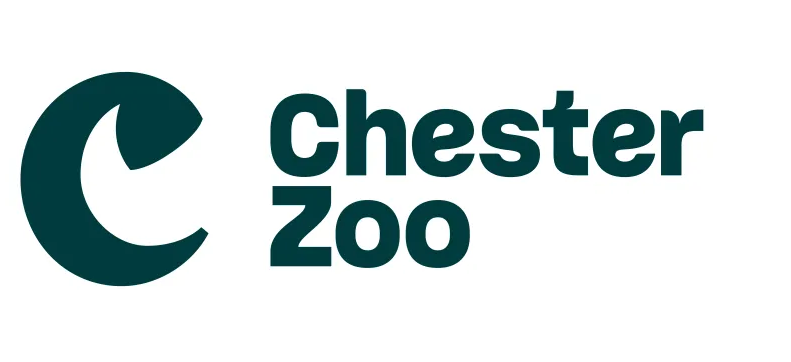Keeping the golden mantella golden: The effect of dietary carotenoid supplementation and UV provision on the colouration and growth of Mantella aurantiaca
DOI:
https://doi.org/10.19227/jzar.v10i2.598Keywords:
amphibian, carotenoid, colour, ex-situ, husbandry, mantella, UVBAbstract
One of the limitations affecting the success of captive breeding programmes for amphibians is a lack of knowledge relating to the diet of wild animals. Carotenoids are known to be an important dietary component for the health and proper development of colouration in many vertebrates, but information relating to amphibians is limited. We investigated the influence of carotenoid supplementation in the Critically Endangered golden mantella Mantella aurantiaca. In a fully factorial design, 60 juvenile M. aurantiaca were provided with two dietary carotenoid treatments, standard and enhanced, and two ultraviolet B (UVB) treatments, no UVB and low-level UVB. There was a significant interaction of the treatments on the skin colouration of the study animals. The provision of both an enhanced carotenoid diet and UVB light resulted in the frogs being more red coloured, however when provided in combination the increase in redness was lower than when the treatments were provided alone. In the second part of the study, 64 juvenile M. aurantiaca were reared on one of two diets containing the same concentration of carotenoids, but different profiles: a ‘red’ diet and a ‘yellow’ diet. These treatments also had a significant effect on colouration, with those receiving the red diet becoming a more intense red colour. Our results demonstrate that the bright colouration of M. aurantiaca is influenced by both the concentration and profile of carotenoids in the diet, in addition to the presence of low-level UVB exposure. None of the treatments had any reported effect on the growth of the study animals, however further work should investigate other physiological responses not investigated here.
Downloads
Additional Files
Published
How to Cite
Issue
Section
License
JZAR fulfils the DOAJ definition of open access and provides free and open access to the full text of all content without delay under a Creative Commons licence. The copyright holder of JZAR publications grants usage rights to third parties, allowing for immediate free access to the work and permitting any user to read, download, copy, distribute, print, search, or link to the full texts of articles.







